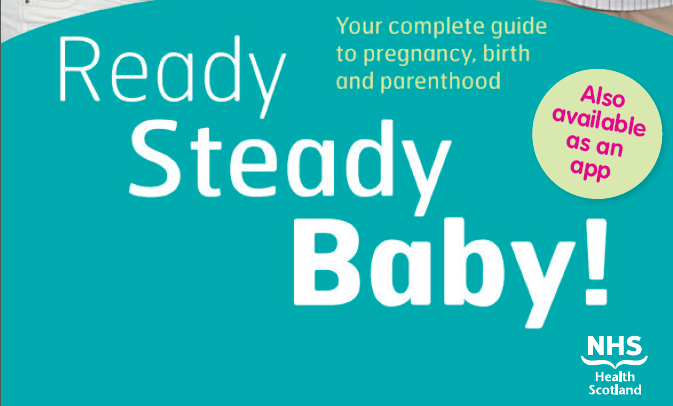
The NHS had removed the term from pregnancy handbook Ready Steady Baby for fear of offending gay and lesbian couples.
There was a fierce backlash with some parents complaining the decision to use the term “partner” instead was political correctness gone mad – but bosses refused to back down.
Now, in a complete reversal, the latest version refers to “dads” or “fathers” 39 times and contains a section of advice specifically for them.
Norman Wells, of the Family Education Trust, said: “It was always a strange logic which prompted the NHS to exclude fathers from its parenting guide in the name of being ‘inclusive’.
“The fact that fathers have now been put very much back into the script is a welcome acknowledgement not only that fathers exist but that they have a vital contribution to make to the lives and development of their children.”
Ready Steady Baby, which was first issued 18 years ago, is handed out by GPs and midwives to all expectant parents.
It’s designed to lead mums and dads through the different phases of pregnancy and the first year of their child’s life.
But when it was published in 2012, a parent-to-be argued the language within it “was not inclusive of people in same-sex relationships” and demanded it be revised.
Health chiefs carried out an equalities impact assessment and replaced “dad” with “partner”.
Outraged parents complained to NHS Health Scotland and under-fire bosses agreed to use pictures and quotes from dads in a later version.
They refused to cave in over the word “dad” and continued to use “partner” instead.
However, they have quietly added it to this year’s version.
Ian Maxwell, of charity Families Need Fathers Scotland, welcomed the move.
He said: “It is really important that we don’t forget the role of the father when it comes to pregnancy and childbirth.
“We know from our own work that, often, problems emerge in the months after the baby is born, because it is such a major transformation in the lives of the couple.
“This reinstates fathers to their rightful position”.
Tory MSP Alex Johnstone originally criticised the initial decision to “whitewash” fathers out of the guide.
He said evidence given to the Scottish Parliament had revealed that using the word partner marginalised dads.
He added: “This is a victory for common sense but thousands of pounds in taxpayers’ money has probably been spent on the rewriting of this pamphlet.
“I’m sure many Scots will be baffled as to why they’ve had to fork out for a message the Scottish Government should have got right the first time round.”
Pen-pushing bureaucrats spend millions of taxpayers’ cash every year on promoting political correctness.
In 2014, for example, the NHS spent £6.8 million on “equality and diversity” staff.
A spokeswoman for NHS Health Scotland said the terms “dad and “father” were now being used alongside “partner”. “Using all of these terms ensures that our content is inclusive and accessible to everyone who has a primary role in the care and upbringing of a baby,” she explained.
READ MORE
The helpless blog of a first time dad: Baby Brain leaves us all in high spirits
Rest of UK follows Scotland’s lead to warn against ANY drinking during pregnancy

Enjoy the convenience of having The Sunday Post delivered as a digital ePaper straight to your smartphone, tablet or computer.
Subscribe for only £5.49 a month and enjoy all the benefits of the printed paper as a digital replica.
Subscribe